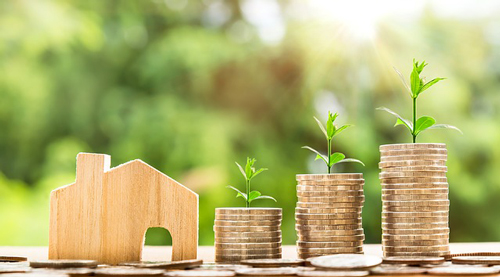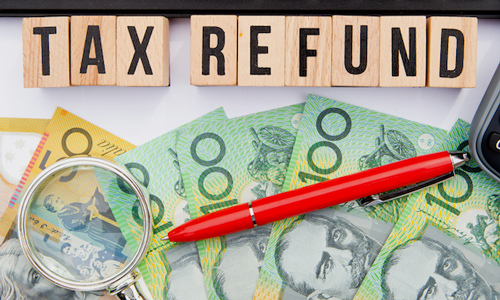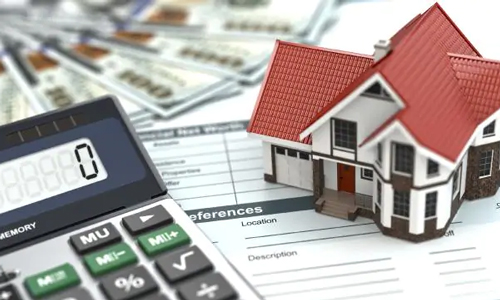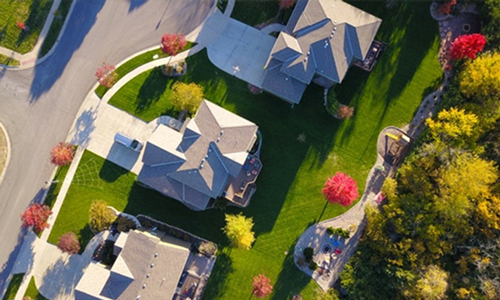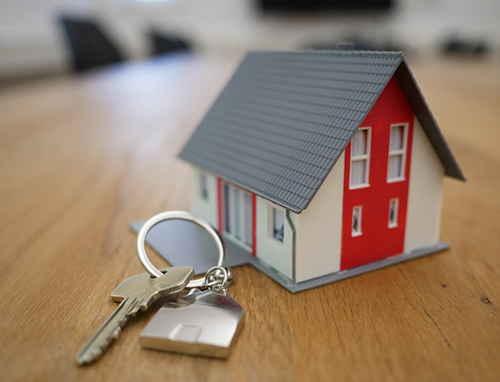Which is the better investment? House and land vs existing property
The ongoing debate among investors is whether to invest in house and land packages or pre-existing properties. As corelogic estimated that the real estate market size in Australia was worth $9.406 Trillion , it’s easy to see why. In this article, we’ll take a look at the pros and cons of each investment type, to conclude which is the better investment property for you to help you to achieve your financial goals.
House and Land
These packages tend to include a plot of land on which to build a house. In some cases, you find ‘off the plan’ packages where you choose from a range of standard and premium home designs.
Pros
The most significant advantage of a house and land investment is the depreciation and tax benefits that are available to you. You can claim back significant tax for depreciate assets such as the building’s fittings, fixtures, and construction. Plus, there are stamp duty savings as well (based upon the state where you’re purchasing your investment property in). The rates of these savings can vary depending also on the size and purchase price of the property. However, the benefits go far beyond just economic factors, including:
- Modern and new fixtures. The new property reduces the cost of renovations and lowers your maintenance cost.
- Blank canvas: You get to choose the property to suit your needs, for yourself or for your tenants.
- Instant Equity. If you are buying land in a rising market, then there’s a chance that by the time you have finished building your property it will be worth more which means an instant return on equity on your investment.
Cons
- Lack of historical data. For new areas of development, there can be little to no data, making it challenging to make an informed choice on market trends.
- Higher upfront costs. By placing you in control of the developments, there can be unforeseen costs adding to the higher price tag and developer’s marketing costs.
Existing Properties
These investments refer to a house or building that already exists and, often, is previously owned.
Pros
The most prominent advantage to investing in existing properties is the cheaper upfront costs. This benefit is often the case where the property needs extensive work and renovation. For people with time and money to spare, this can make for a great project. Further benefits include:
- Pre-established location. With a house already built and existing fixtures like driveways and landscaping. Plus there will be access to historical data in the area which all contribute to you making a more informed investment decision.
- Less competition. In particular, when houses need a lot of work, some can view them as less viable investments meaning there’s less competition in the market.
Cons
- Higher maintenance price. On top of refurbishments, you’ll need to pay for building and pest inspectors. Plus, depending on the age of the house, there can be unforeseen repair costs. The Housing Industry Association (HIA) estimated that renovations in Australia could range between $40,000 and $200,000.
- Previous owners. The previous owners will have decorated and built the property around their needs and tastes, potentially creating more work for you to bring it up to your own desired standards.
- New over old. Renters and buyers tend to choose new over old properties for longevity, making them more competitive in the market.
Final Verdict:
If you like a renovation challenge, a pre-existing property may be for you. However, a house and land package offers you greater flexibility with significant tax depreciation opportunites, and at a lower price, making them the better investment choice for most people looking to achieve their financial goals.




